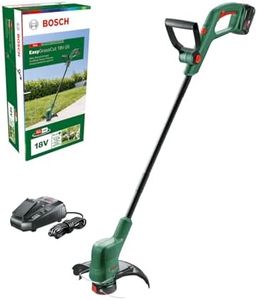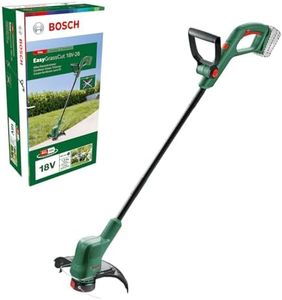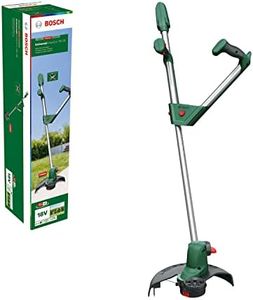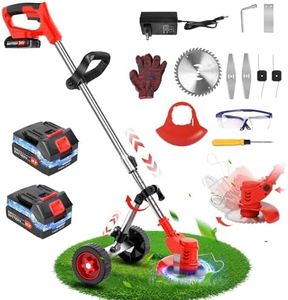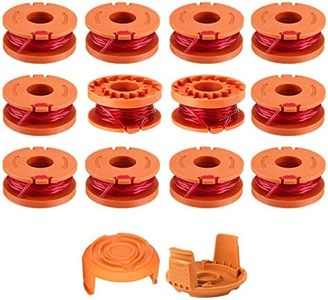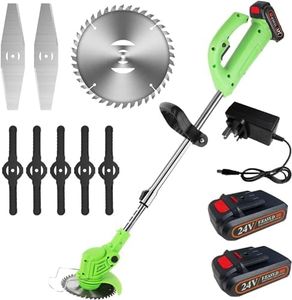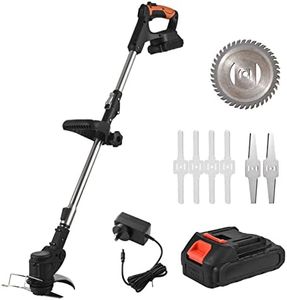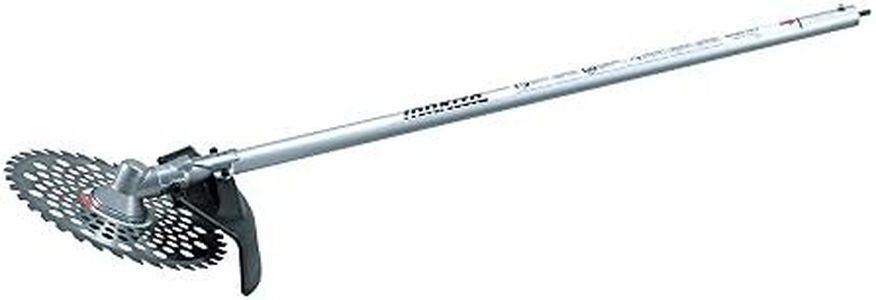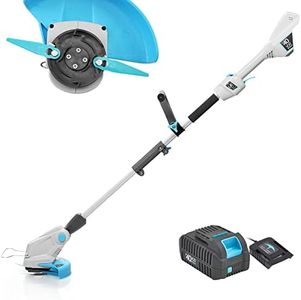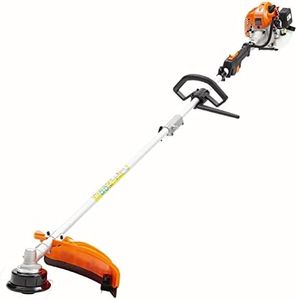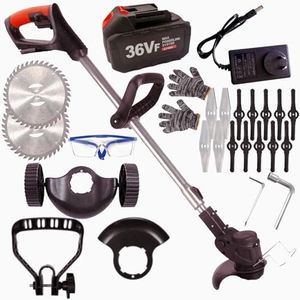We Use CookiesWe use cookies to enhance the security, performance,
functionality and for analytical and promotional activities. By continuing to browse this site you
are agreeing to our privacy policy
10 Best Lightweight Weed Eaters
From leading brands and best sellers available on the web.Buying Guide for the Best Lightweight Weed Eaters
Choosing a lightweight weed eater can make yard work much easier, especially if you prioritize comfort and ease of use. A good weed eater should be easy to handle, efficient at trimming, and fit the size and needs of your lawn. When selecting the right weed eater, focus on finding a balance between weight, power, and usability. Always think about how often and how long you plan to use the tool – this will help you prioritize which specs matter most for your situation.WeightWeight refers to how heavy the weed eater is when fully assembled and ready to use. It's important because a lighter tool is much easier to maneuver, especially during longer sessions or for users with less upper body strength. Lightweight models often range from about 5 to 8 pounds, while heavier commercial ones can go beyond 10 pounds. If you need to trim for extended periods or have trouble with heavier equipment, look for weed eaters on the lower end of the weight scale. However, keep in mind that cutting power and runtime may decrease as the tool gets lighter.
Power Source (Electric vs. Gas vs. Battery)The power source determines how the weed eater runs and impacts both performance and convenience. Electric plug-in models are generally the lightest but require a power outlet and an extension cord. Battery-powered weed eaters strike a balance between weight, portability, and convenience, but their battery life can limit use time. Gas-powered weed eaters are usually heavier but deliver more power for tough weeds. If you want something very lightweight and only need to handle small areas, an electric or battery-powered model is usually sufficient. For larger or more challenging yards, a stronger (but heavier) power source might be necessary.
Cutting WidthCutting width is the size of the area the weed eater can trim in one pass, measured in inches. A larger cutting width means you can cover more ground faster, but it may make the tool heavier and harder to maneuver in tight spaces. Typical cutting widths range from about 10 to 16 inches. For small yards or precision trimming, a smaller cutting width is easier to handle. If you need to trim larger open spaces, a wider cutting path might be more efficient.
Shaft Type (Straight vs. Curved)Shaft type describes the shape of the weed eater’s handle and trimming mechanism. Straight shafts offer longer reach and are generally preferred for reaching under bushes or around obstacles, but can sometimes feel heavier. Curved shafts are typically lighter and better suited for shorter users or for edging work, making them easier to balance and control. Choose a shaft type based on your height, your comfort, and the type of trimming you'll do most often.
Ease of Use FeaturesEase of use includes features like adjustable handles, telescoping shafts, quick-start mechanisms, and easy line replacement systems. These features are important because they can make the weed eater more comfortable and faster to operate, especially if you are new to using one or have physical limitations. Look for models that offer adjustable parts and simple controls if you want a user-friendly experience, and pay attention to how easy it is to maintain and reload the cutting line.
